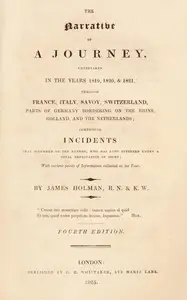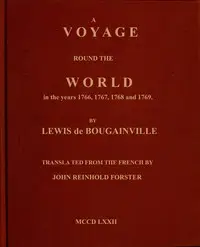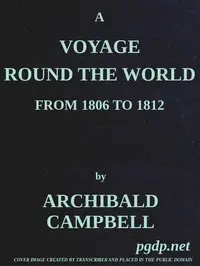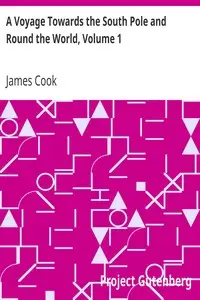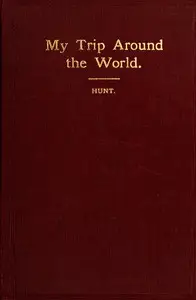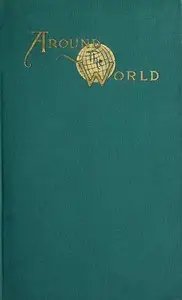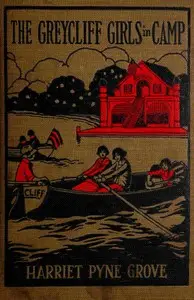"A Voyage Round the World, Volume I" by James Holman is a captivating real-life adventure story from the 1800s. Holman’s writing style is like sitting down with a very experienced, although vision-impaired, traveler as he explores Africa, Asia, and America. The story begins with setting up Holman's background, including how his passion for seeing the world grew even stronger after he lost his sight, and how he faced many challenges in his life. The first leg of his travels take him aboard the H.M.S. Eden, to places such as Madeira and Sierra Leone. Holman’s trip is filled with interactions with the people he encounters, along with insightful observations about the many unique cultures and geographical settings. He vividly brings to readers the wonders and difficulties of traveling in that period.

A Voyage Round the World, Volume I Including Travels in Africa, Asia, Australasia, America, etc., etc., from 1827 to 1832
By James Holman
Blinded but undeterred, one man's thirst for adventure propels him across continents, revealing a world of cultures, landscapes, and personal discovery.
Summary
About the AuthorJames Holman FRS, known as the "Blind Traveller," was a British adventurer, author and social observer, best known for his writings on his extensive travels. Completely blind and experiencing pain and limited mobility, he undertook a series of solo journeys that were unprecedented both in their extent of geography and method of "human echolocation". In 1866, the journalist William Jerdan wrote that "From Marco Polo to Mungo Park, no three of the most famous travellers, grouped together, would exceed the extent and variety of countries traversed by our blind countryman." In 1832, Holman became the first blind person to circumnavigate the globe. He continued travelling, and by October 1846 had visited every inhabited continent.
James Holman FRS, known as the "Blind Traveller," was a British adventurer, author and social observer, best known for his writings on his extensive travels. Completely blind and experiencing pain and limited mobility, he undertook a series of solo journeys that were unprecedented both in their extent of geography and method of "human echolocation". In 1866, the journalist William Jerdan wrote that "From Marco Polo to Mungo Park, no three of the most famous travellers, grouped together, would exceed the extent and variety of countries traversed by our blind countryman." In 1832, Holman became the first blind person to circumnavigate the globe. He continued travelling, and by October 1846 had visited every inhabited continent.

